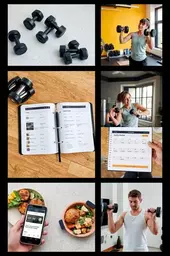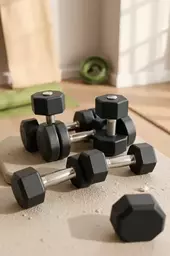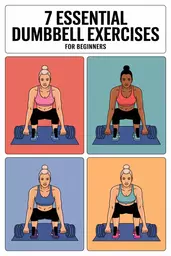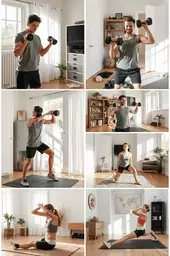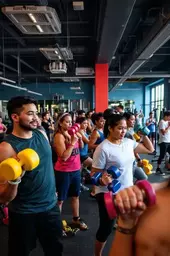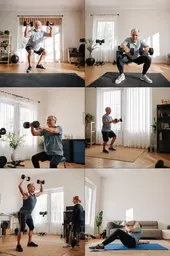
7 Easy Dumbbell Exercises for Seniors' Wellness
Step 1: Discover the Power of Dumbbell Training
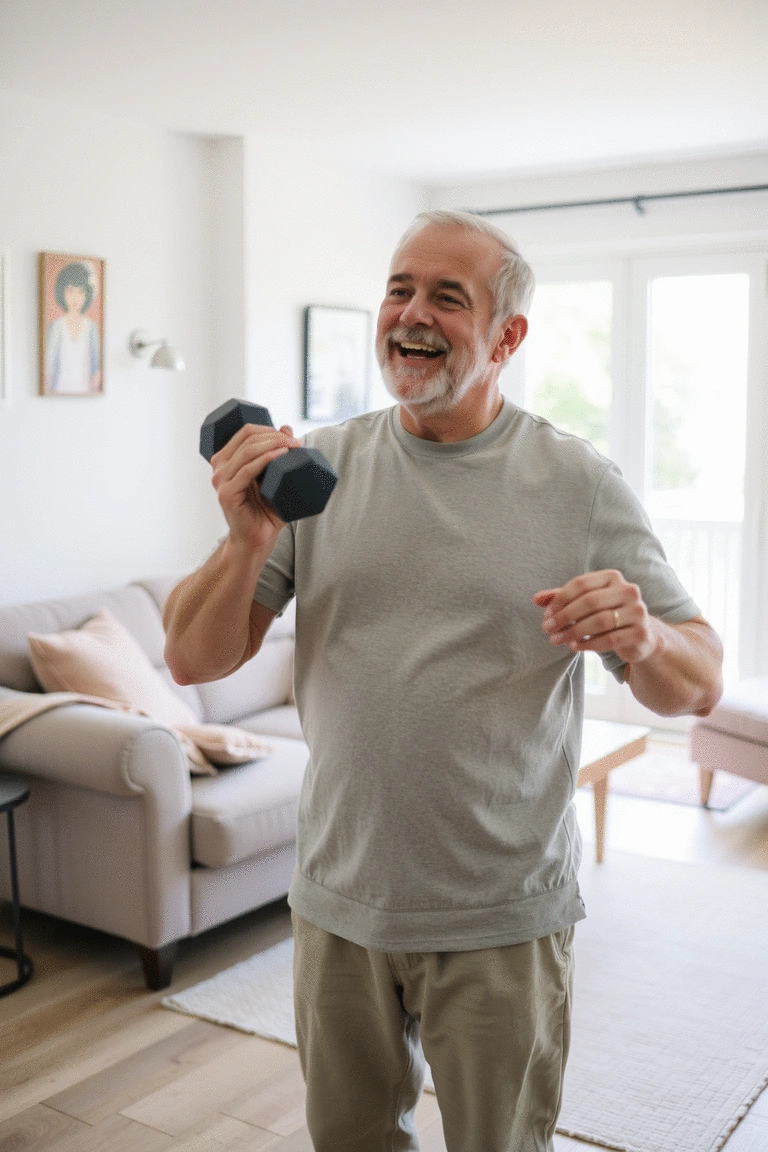
Strength training enhances mobility and independence for seniors.
Why this works: Engaging in regular strength training with dumbbells helps to improve muscle strength and balance, which are crucial for daily activities. Studies show that consistent training can lead to greater independence in seniors' lives.
How to implement this step:
- Choose the right weights: Start with light dumbbells, typically 1-5 lbs.
- Create a dedicated space: Find a comfortable and safe spot for workouts.
- Set a regular schedule: Aim for 2-3 sessions per week for best results.
💡 Pro Tip: Consistency is key! Even short, regular sessions can lead to significant improvements.
Step 2: Master the Seated Dumbbell Press
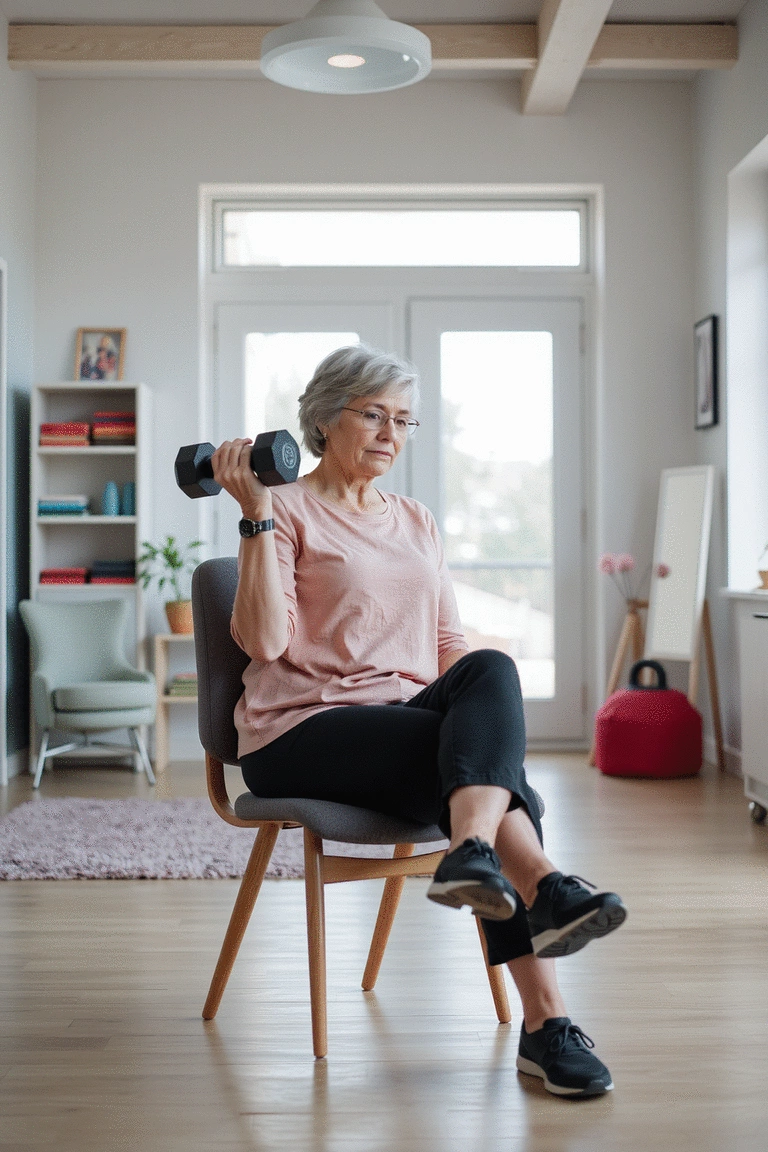
Build shoulder strength safely while seated.
Why this works: The seated dumbbell press targets the shoulders while providing stability to prevent falling. This exercise promotes upper body strength, which is essential for lifting daily items and maintaining balance.
How to implement this step:
- Sit straight: Use a sturdy chair with back support.
- Lift with control: Press the dumbbells upwards slowly and steadily.
- Repetitions: Start with 8-10 reps, 2-3 sets, as comfortable.
💡 Pro Tip: Focus on your breathing; exhale while lifting weights to enhance control.
Step 3: Strengthen Your Core with Dumbbell Twists
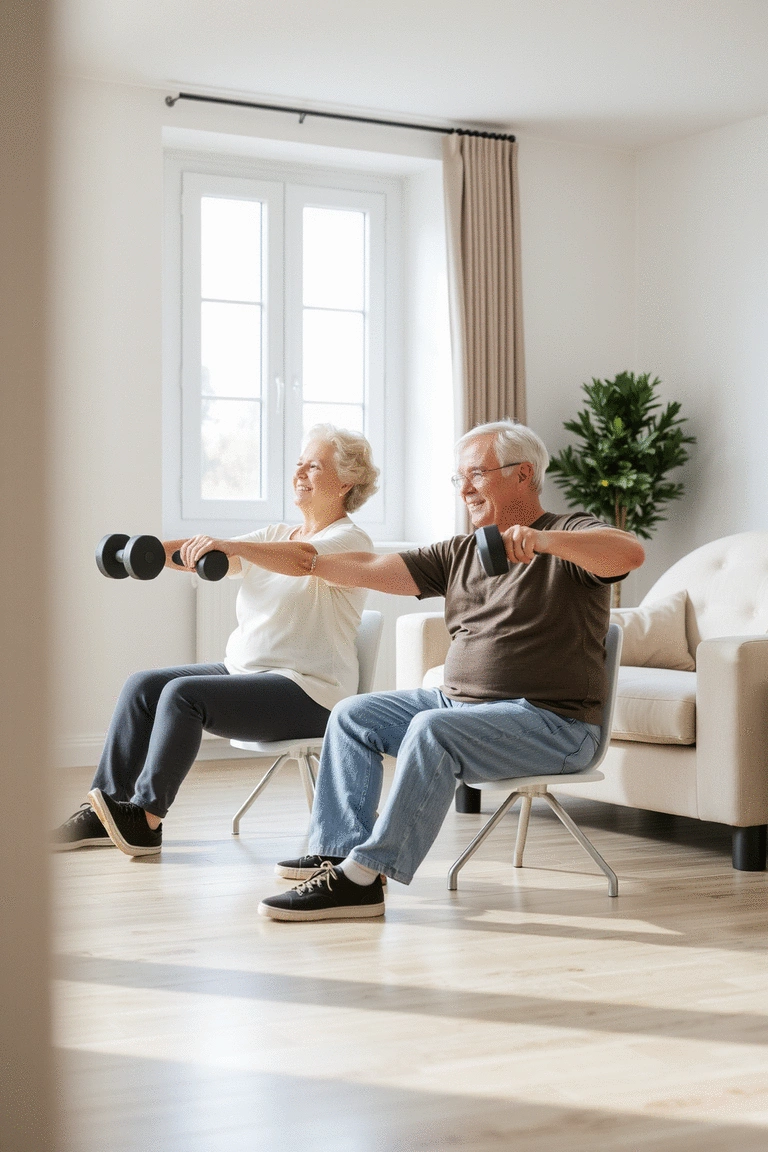
Enhance your core stability and flexibility.
Why this works: Dumbbell twists engage your core muscles, which are vital for supporting your spine and maintaining good posture. Strong core muscles also contribute to better balance and coordination, reducing fall risk.
How to implement this step:
- Sit upright: Keep your feet flat on the floor, knees together.
- Hold a dumbbell: Keep it close to your chest as you twist your torso.
- Do 10-15 twists: Alternate sides for balanced core engagement.
💡 Pro Tip: Move slowly and with intention to maximize benefits and minimize strain.
Step 4: Boost Your Leg Strength with Dumbbell Squats
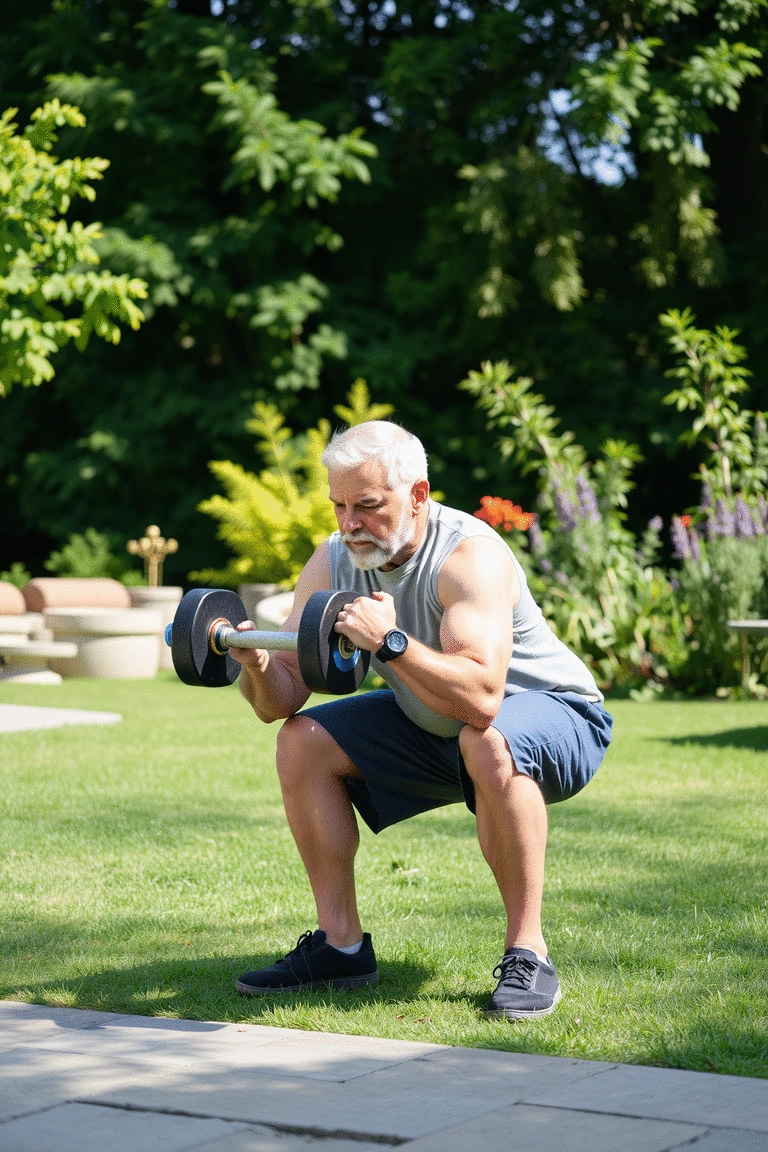
Strengthen your legs for better mobility.
Why this works: Squats help to build lower body strength, making it easier to perform everyday tasks such as standing up and walking. This functional strength is crucial for maintaining independence as we age.
How to implement this step:
- Stand tall: Keep your feet shoulder-width apart and hold dumbbells at your sides.
- Lower slowly: Bend your knees while keeping your back straight, as if sitting down.
- Return to standing: Focus on using your legs to push back up.
💡 Pro Tip: Use a chair nearby for support if needed, ensuring safety throughout the movement.
Step 5: Enhance Balance with Single-Leg Dumbbell Raises
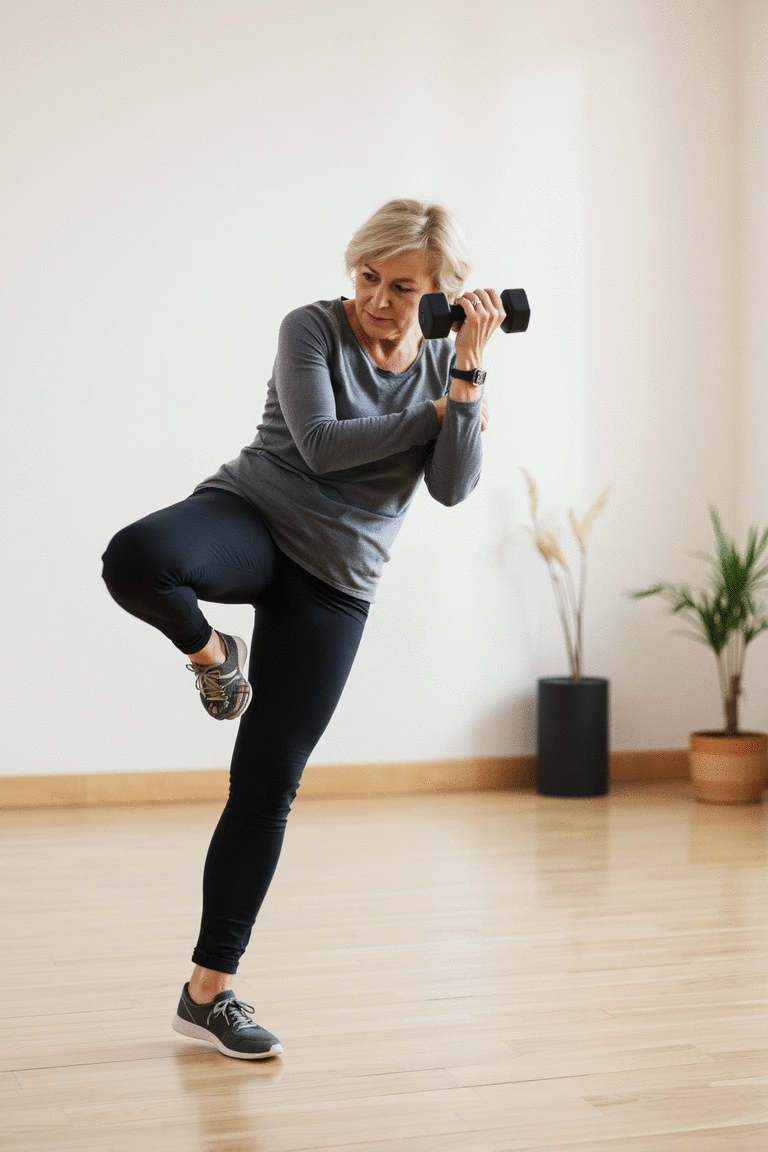
Build stability and coordination with each raise.
Why this works: Single-leg raises improve balance and stability, which are essential for preventing falls. This exercise also allows for greater body awareness as you learn to control your movements.
How to implement this step:
- Stand tall: Focus on one leg while holding a dumbbell in the opposite hand.
- Lift slowly: Raise your other leg behind you, keeping your body straight.
- Hold for a moment: Balance for 5-10 seconds before switching legs.
💡 Pro Tip: Place a chair nearby for support as you work on your balance.
Step 6: Engage Your Back with Bent-Over Dumbbell Rows
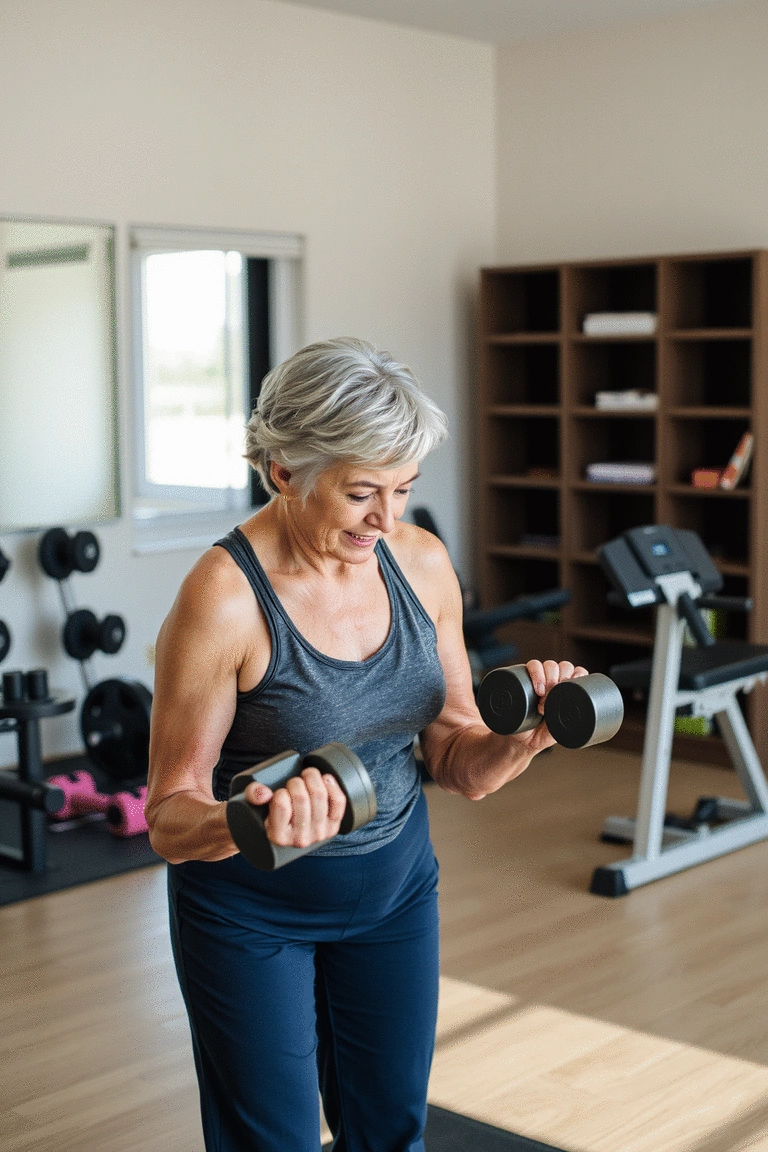
Strengthen your back for better posture and mobility.
Why this works: Bent-over rows target the upper back and improve posture, which is important for overall spine health. Strengthening back muscles plays a crucial role in supporting daily activities and preventing injury.
How to implement this step:
- Bend at the hips: Keep your back straight and knees slightly bent.
- Pull the weights: Bring the dumbbells towards your hips, squeezing your shoulder blades together.
- Repetitions: Aim for 10-12 rows, resting as needed.
💡 Pro Tip: Avoid rounding your back; maintain good form to prevent strain.
Step 7: Cool Down with Gentle Stretching
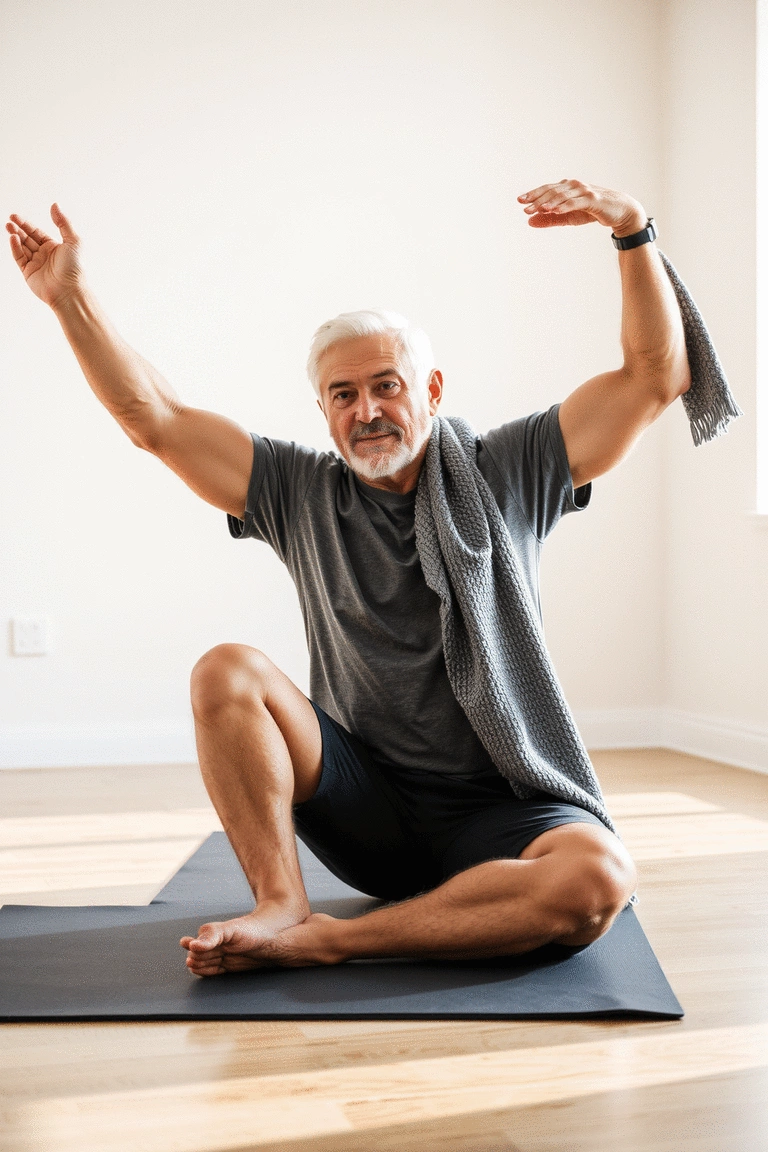
Promote recovery and flexibility with gentle stretches.
Why this works: Stretching after your workouts helps to improve flexibility and reduces muscle soreness. Gentle stretches encourage blood flow and aid in recovery, contributing to overall well-being.
How to implement this step:
- Focus on major muscle groups: Stretch arms, legs, and back gently.
- Hold each stretch: Maintain the position for 15-30 seconds.
- Stay mindful: Breathe deeply during each stretch for relaxation.
💡 Pro Tip: Listen to your body; only stretch to a comfortable point to avoid strain.
